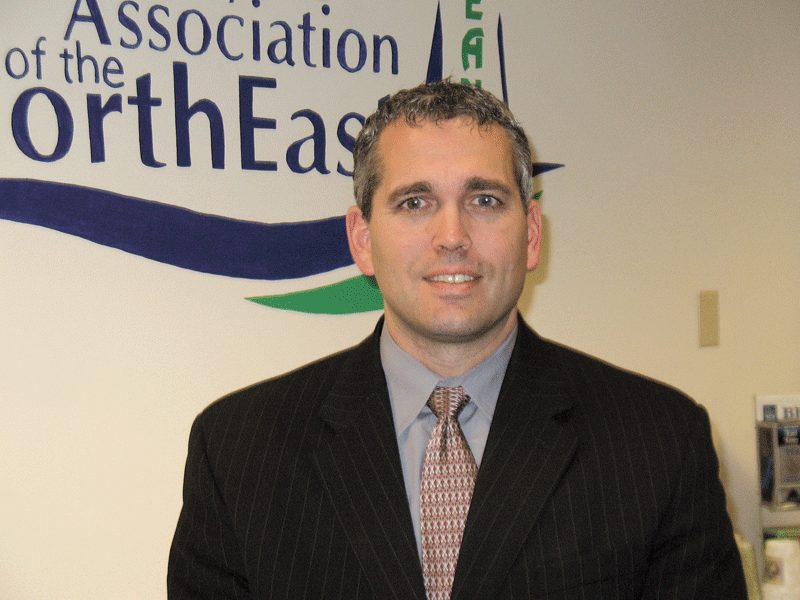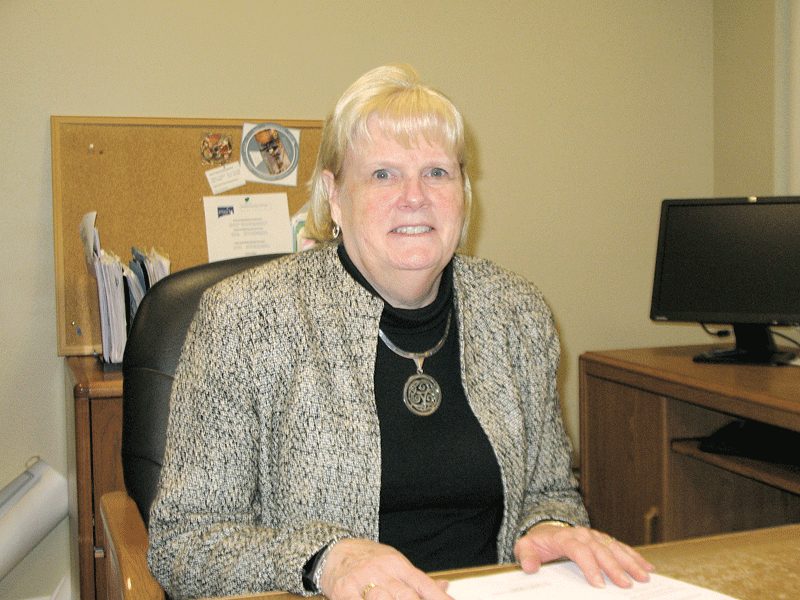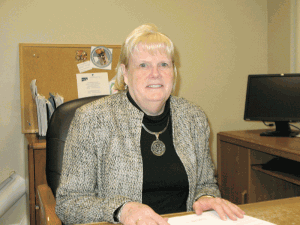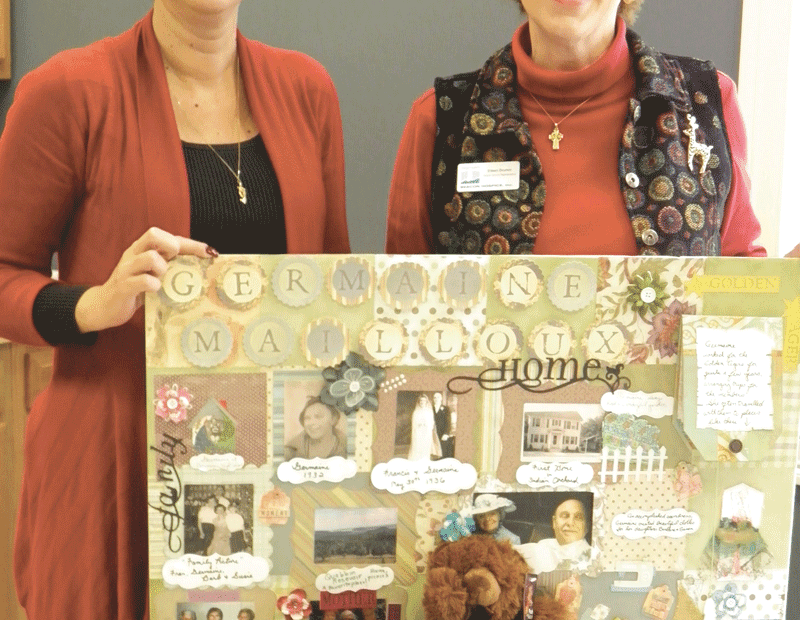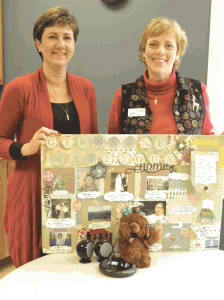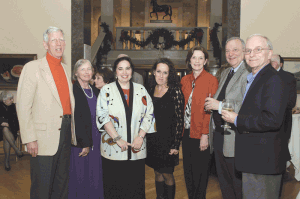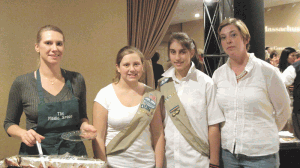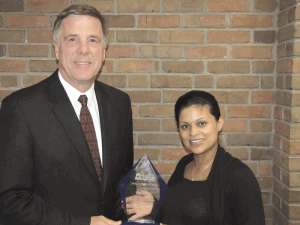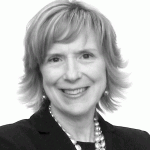The following bankruptcy petitions were recently filed in U.S. Bankruptcy Court. Readers should confirm all information with the court.
Abdou, David G.
Abdou, Andrea G.
322 Lyon St.
Ludlow, MA 01056
Chapter: 7
Filing Date: 11/08/11
Acevedo, Santos
59 St. Lawrence Ave.
Springfield, MA 01104
Chapter: 7
Filing Date: 11/01/11
Agure, Donna
34 Craig Dr., Apt. E 5
West Springfield, MA 01089
Chapter: 7
Filing Date: 11/10/11
Arpin, Cindy
6 Farragut St.
Springfield, MA 01104
Chapter: 7
Filing Date: 11/10/11
B&B Landscaping and Excavating
Piccolo, Robert J.
260 East Center St.
Lee, MA 01238
Chapter: 7
Filing Date: 11/02/11
Bak, Bruno M.
Bak, Patricia A.
95 Forest St.
Chicopee, MA 01013
Chapter: 7
Filing Date: 11/04/11
BDF Property Improvements
Forgue, Jason R.
Forgue, Katharine M.
23 Bromley Road
Chester, MA 01011
Chapter: 7
Filing Date: 11/02/11
Beamon, Tracy
37 Border St.
Springfield, MA 01104
Chapter: 13
Filing Date: 11/11/11
Benedetti, Sherri
Benedetti, Michael
180 Green River Road
Greenfield, MA 01301
Chapter: 7
Filing Date: 11/05/11
Bessette, Kristen M.
a/k/a Jaskulski, Kristen M.
53 James St.
Feeding Hills, MA 01030
Chapter: 7
Filing Date: 11/08/11
Brown, Diana L.
49 Old Farm Road
Chicopee, MA 01020
Chapter: 7
Filing Date: 11/07/11
Butler, William D.
Butler, Deborah A.
95 Westwood Dr.
Sturbridge, MA 01566
Chapter: 7
Filing Date: 10/31/11
Camp, Patrick W.
23 Windsor St.
West Springfield, MA 01089
Chapter: 7
Filing Date: 11/07/11
Carter, Glenn T.
Carter, Constance A.
363 Bullard Road
Oakham, MA 01068
Chapter: 7
Filing Date: 10/31/11
Champaca Journeys
Leupold, John Eric
35 New South St., #201
Northampton, MA 01060
Chapter: 7
Filing Date: 11/09/11
Colon, Carole A.
a/k/a Hall, Carole A.
5 Bellwood Road
Springfield, MA 01119
Chapter: 7
Filing Date: 11/10/11
Cook, Thomas B.
18-20 O’Connor Ave.
Holyoke, MA 01040
Chapter: 13
Filing Date: 11/15/11
Corbett, Elizabeth M.
189 Springfield Road
Westfield, MA 01085
Chapter: 7
Filing Date: 11/08/11
Cosme, Marianne Nina
15 William St.
Chicopee, MA 01020
Chapter: 7
Filing Date: 11/14/11
Cote, Gail P.
310 Stafford St., #151
Springfield, MA 01104
Chapter: 7
Filing Date: 11/08/11
Crow, Karen A.
a/k/a Moorehouse, Karen
3 Jeane Dr.
Holyoke, MA 01040
Chapter: 13
Filing Date: 11/09/11
Cruz, Edith
100 Division St., Apt. 802
Springfield, MA 01107
Chapter: 7
Filing Date: 11/15/11
Cruzado-Vila, Concepcion
938 St. James Ave.
Springfield, MA 01104
Chapter: 7
Filing Date: 10/31/11
Delgado, Mark A.
494 School St. #303.
Athol, MA 01331
Chapter: 7
Filing Date: 10/31/11
Dessources, Marie Kettelyne
616 Armory St.
Springfield, MA 01104
Chapter: 13
Filing Date: 11/08/11
DH Enterprises
Hescock, Danny L.
11 Oak St.
Gill, MA 01354
Chapter: 7
Filing Date: 11/08/11
Diaz, Luis A.
15 Morris St.
Westfield, MA 01085
Chapter: 7
Filing Date: 10/31/11
Donnachie, Stephen M.
Donnachie, Diane
44 River Road
Worthington, MA 01098
Chapter: 13
Filing Date: 11/02/11
Dyl, Stanley A.
350 Meadow St #69
Agawam, MA 01001
Chapter: 7
Filing Date: 11/14/11
Elser, David M.
35 Glenwood Ave.
Pittsfield, MA 01201
Chapter: 7
Filing Date: 11/09/11
Etheridge, David R.
59 Sylvester St.
Springfield, MA 01109
Chapter: 7
Filing Date: 10/31/11
Fernandes, Roberto
21 Jackson St., #2
Holyoke, MA 01040
Chapter: 7
Filing Date: 11/08/11
Fontaine, Paul L.
873 Springfield St., Apt.#7
Feeding Hills, MA 01030
Chapter: 7
Filing Date: 10/31/11
Fontanez, Gilrolanel
500 Hancock St., Apt G
Springfield, MA 01105
Chapter: 7
Filing Date: 11/08/11
Fortier, David L.
90 Main St., Apt. C
Northfield, MA 01360
Chapter: 7
Filing Date: 11/10/11
Gaspari, Alexander
Gaspari, Fay A.
66 Kon Tiki Circle
Chicopee, MA 01020
Chapter: 7
Filing Date: 11/03/11
Gonzalez, Katrina Maria
331 Cold Spring Ave.
West Springfield, MA 01089
Chapter: 13
Filing Date: 11/05/11
Goodwin, Roy J.
75 Birch St.
Athol, MA 01331
Chapter: 7
Filing Date: 11/14/11
Griswold, Corinna M.
P.O. Box 514
Haydenville, MA 01039
Chapter: 7
Filing Date: 11/10/11
Griswold, Jr., Ronald J.
Griswold, Emmanouilla
106 Fenton Road
Monson, MA 01057
Chapter: 7
Filing Date: 11/15/11
Harper, Phillip V.
Harper, Jane V.
15 Webbs Ct.
Ware, MA 01082
Chapter: 13
Filing Date: 11/11/11
Harris, Diane Mary
PO Box 557
Pittsfield, MA 01202
Chapter: 7
Filing Date: 11/09/11
Hart, Laurie A.
19 Greenwood Ave.
Holyoke, MA 01040
Chapter: 7
Filing Date: 11/15/11
Hilson, Arthur L.
Hilson, Cynthia L.
a/k/a Noyes, Cynthia
a/k/a Gonzalez, Cynthia L.
275 Gresham St.
Springfield, MA 01119-1469
Chapter: 13
Filing Date: 11/09/11
Hopkins, Marla Jean
30 High St.
Easthampton, MA 01027
Chapter: 7
Filing Date: 10/31/11
Hoynoski, Tina E.
62 Union St., Apt. 1
Westfield, MA 01085
Chapter: 7
Filing Date: 11/10/11
Hurst, Jeffrey R.
180 Cherokee Dr.
Springfield, MA 01109
Chapter: 7
Filing Date: 11/08/11
Jopson, Mildred P.
41 Chestnut St., Apt. 514
Holyoke, MA 01040-4631
Chapter: 7
Filing Date: 11/10/11
Jurkowski, Kilean P.
Jurkowski, Nicole L.M.
60 Pleasant St., Apt. A
Easthampton, MA 01027
Chapter: 7
Filing Date: 11/10/11
Kabaniec, Cynthia A.
P.O.Box 1008
Ashfield, MA 01330
Chapter: 7
Filing Date: 11/05/11
Kirkpatrick, Mark D.
40 Spruce St.
East Longmeadow, MA 01028
Chapter: 7
Filing Date: 11/08/11
Krause-Cote, Marie
22 Canal St.
South Hadley, MA 01075
Chapter: 7
Filing Date: 11/07/11
Laporte, Marta B.
34 Schley St.
Springfield, MA 01109
Chapter: 7
Filing Date: 11/10/11
Lauziere, Elizabeth E.
767 Beacon Circle
Springfield, MA 01109
Chapter: 7
Filing Date: 11/10/11
Lefebvre, Brian K.
Lefebvre, Cathleen
a/k/a Normand, Cathleen
a/k/a Rios, Cathleen
90 Riverboat Village Road
South Hadley, MA 01075
Chapter: 7
Filing Date: 10/31/11
Lichtenberger, Lisa M.
1794 White Pond Road
Athol, MA 01331
Chapter: 7
Filing Date: 11/14/11
Lizotte, Scott A.
166 West Main St., Apt. 3
Orange, MA 01364
Chapter: 7
Filing Date: 10/31/11
Lombard, John F.
166 West Main St., Apt. 3
Orange, MA 01364
Chapter: 7
Filing Date: 10/31/11
Lusty, William Joseph
430 Old Warren Road
Palmer, MA 01069
Chapter: 13
Filing Date: 11/01/11
Martinez, Ramiro
300 Walnut St.
Holyoke, MA 01040
Chapter: 7
Filing Date: 11/07/11
Martinson, Todd J.
22A Main St.
Monson, MA 01057
Chapter: 7
Filing Date: 11/15/11
Matos, Samuel
587 South Bridge St.
Holyoke, MA 01040
Chapter: 7
Filing Date: 11/14/11
McCutcheon, Eric J.
555 Russell Road, Apt. J61
Westfield, MA 01085
Chapter: 13
Filing Date: 10/31/11
McHugh, Paul E.
519 East River St., Lot 29
Orange, MA 01364
Chapter: 7
Filing Date: 10/31/11
Mejias, Rolando
Mejias, Flor M.
59 David St.
Springfield, MA 01104
Chapter: 13
Filing Date: 11/15/11
Michaels, Katie F.
a/k/a Colby, Katie F.
113 Brewster St.
Springfield, MA 01119
Chapter: 13
Filing Date: 11/01/11
Napravnick, Gina
18 Kent Ave.
Pittsfield, MA 01201
Chapter: 7
Filing Date: 11/10/11
Nardin, Rosalie M.
P.O. Box 419
Stockbridge, MA 01262
Chapter: 7
Filing Date: 11/10/11
Narvaez, Carmen M.
a/k/a Carmen, Narvaez
a/k/a Melendez, Carmen
43 Portland St.
Holyoke, MA 01040
Chapter: 7
Filing Date: 11/09/11
Nelson, Dianna L.
109 Marten St.
Chicopee, MA 01020
Chapter: 7
Filing Date: 10/31/11
Nelson, Michael A.
76 Hazen St.
Springfield, MA 01119
Chapter: 7
Filing Date: 10/31/11
Noga, Peter E.
Noga, Erica L.
18 Laurel Road
Huntington, MA 01050
Chapter: 13
Filing Date: 11/09/11
O’Soro, Michael David
O’Soro, Noreen Bellmore
75 Strong Ave.
Pittsfield, MA 01201
Chapter: 13
Filing Date: 11/03/11
Paro, Tina M.
103 Doverbrook Road
Chicopee, MA 01022
Chapter: 7
Filing Date: 11/07/11
Patenaude, Charles Raymond
Haire, Teresa Catherine
60 Purinton Road
Shelburne Falls, MA 01370
Chapter: 7
Filing Date: 10/31/11
Peich, Milan P.
116 North Ridge Road
Westfield, MA 01085
Chapter: 7
Filing Date: 11/10/11
Pichierri, Randall Vincent
10 Chamberlain Hill Road
Barre, MA 01005
Chapter: 7
Filing Date: 11/09/11
Pioneer Tax & Business Service
Bistro 186
Hampshire Financial & Business
Lowney, Robert B.
P.O. Box 265
Hatfield, MA 01038
Chapter: 7
Filing Date: 11/03/11
Rivadeneira, Carlos
15 Kelleher Dr.
South Deerfield, MA 01373
Chapter: 7
Filing Date: 10/31/11
Smith, Craig A.
64 Whitney St.
Orange, MA 01364
Chapter: 7
Filing Date: 10/31/11
Smith, Melissa A.
15 James St.
Greenfield, MA 01301
Chapter: 7
Filing Date: 10/31/11
Snow, Jonathan K.
25 Norman Circle
Turners Falls, MA 01376
Chapter: 7
Filing Date: 10/31/11
Spooner, William A.
118 Eagleville Road
Orange, MA 01364
Chapter: 7
Filing Date: 11/02/11
Stec, Elizabeth M.
52 Casino Ave.
Chicopee, MA 01013
Chapter: 13
Filing Date: 11/08/11
Surprenant, Louise A.
42 Roberta Circle
Agawam, MA 01001
Chapter: 7
Filing Date: 11/15/11
Theodorakis, Nickolas H.
71 Larchley Ave.
Westfield, MA 01085
Chapter: 7
Filing Date: 11/08/11
Torres, Magda
66 Pine St.
Holyoke, MA 01040
Chapter: 7
Filing Date: 11/08/11
Vega, Jose L.
P.O. Box 955
Rutland, MA 01543
Chapter: 7
Filing Date: 10/31/11
Vittorino, JoAnn
190 Rolling Green Dr.
Amherst, MA 01002
Chapter: 7
Filing Date: 11/10/11
Wegrzyn, Paul A.
Wegrzyn, Cassandra A.
PO Box 383
Chicopee, MA 01021
Chapter: 7
Filing Date: 11/14/11
Widelo, John W.
157 West Main St.
Orange, MA 01364
Chapter: 7
Filing Date: 10/31/11
Williams, Daniel Christopher
21 Riverside Dr.
Florence, MA 01062
Chapter: 13
Filing Date: 11/02/11
Wilson, James E.
Wilson, Annmarie R.
54 Chester St.
Chicopee, MA 01013
Chapter: 7
Filing Date: 11/10/11
Yerrick, Kevin M.
49 Velma Ave.
Pittsfield, MA 01201
Chapter: 7
Filing Date: 10/31/11




